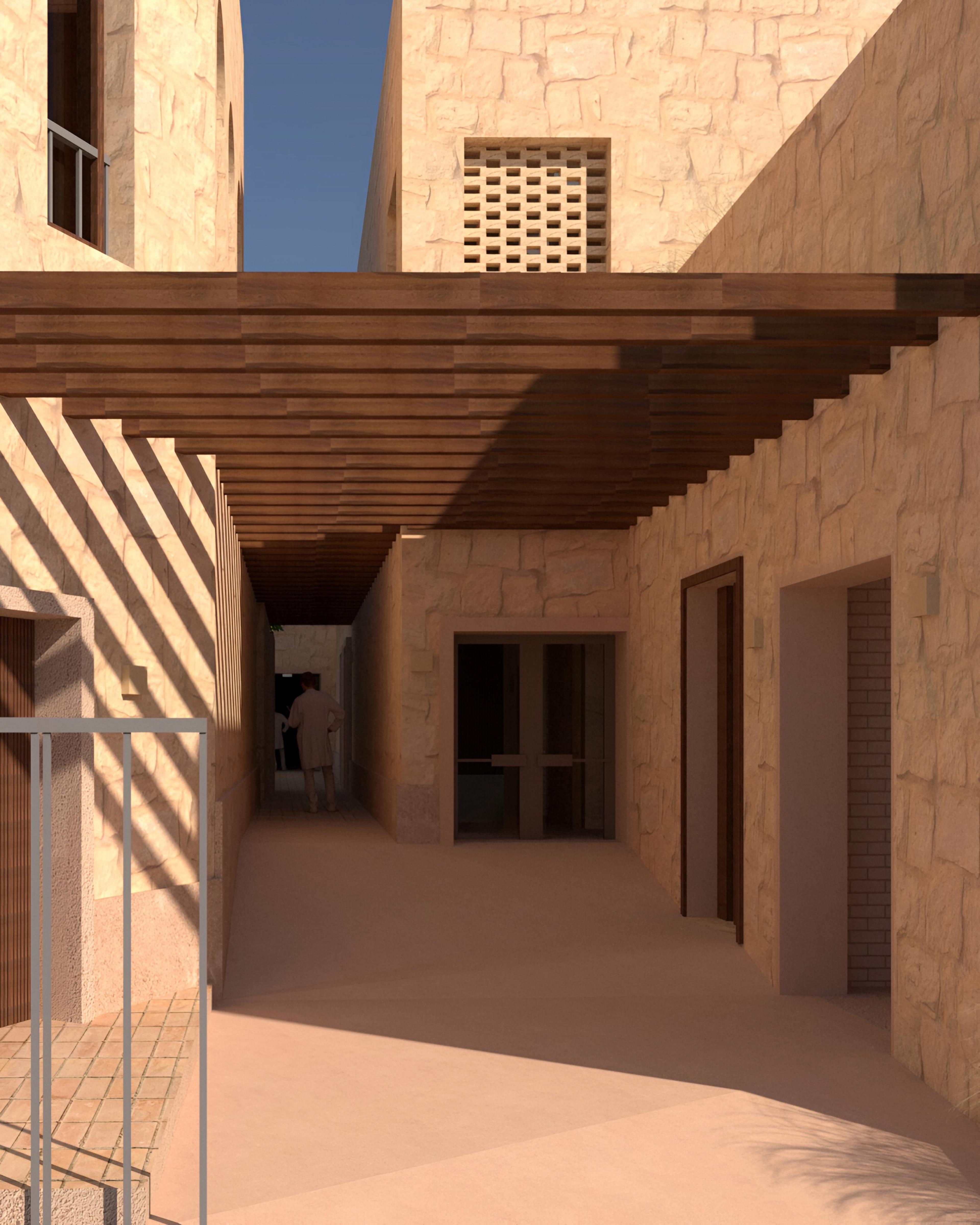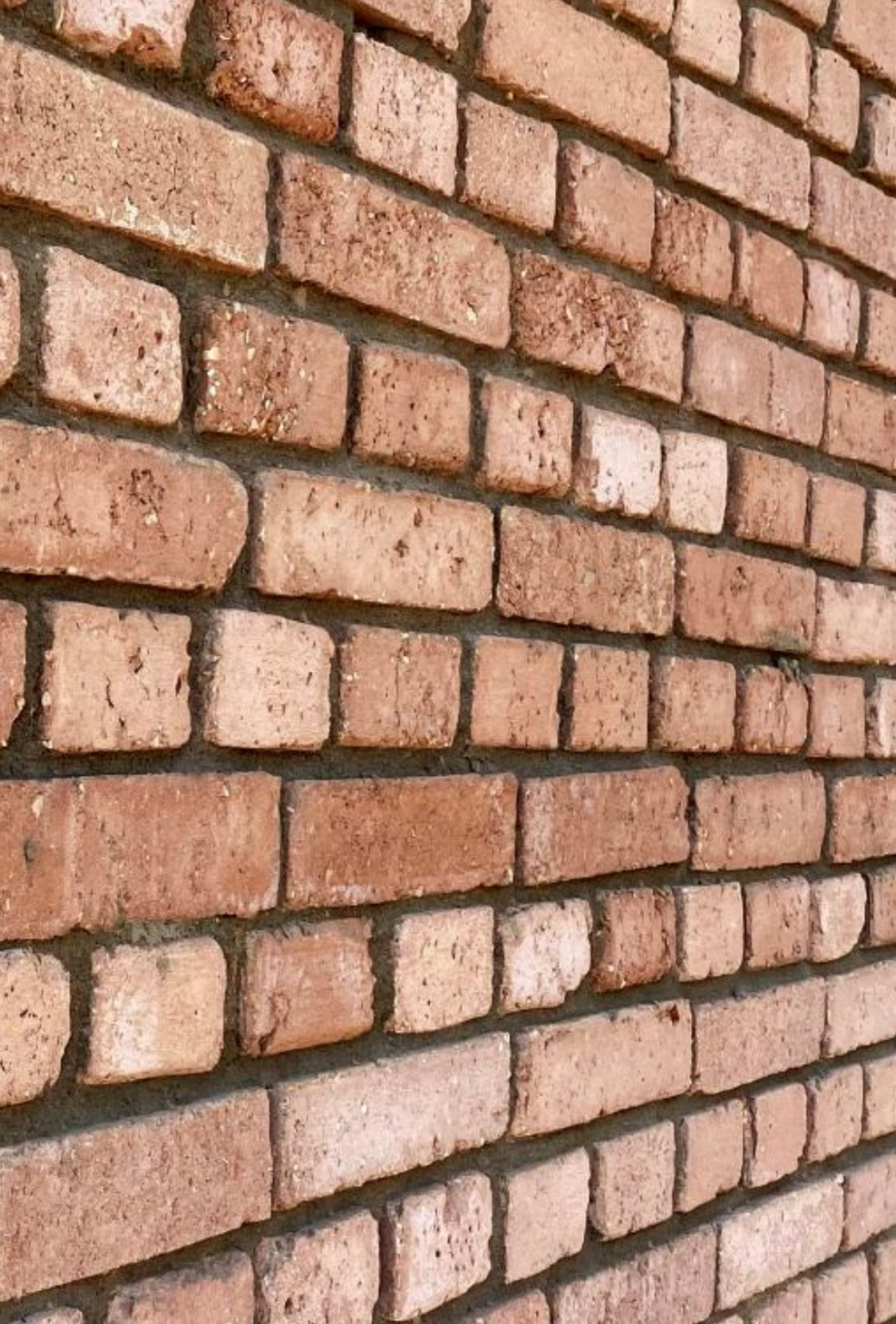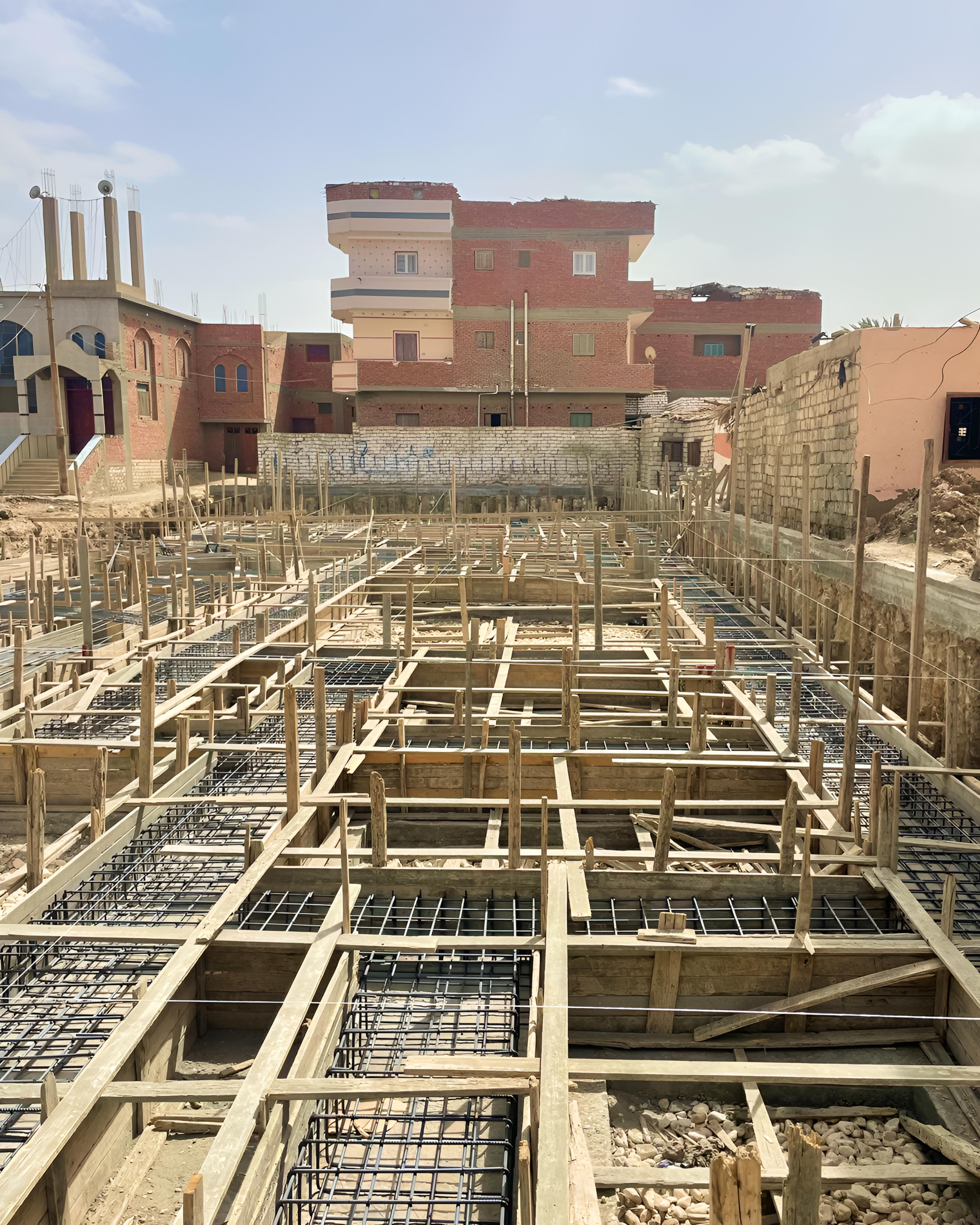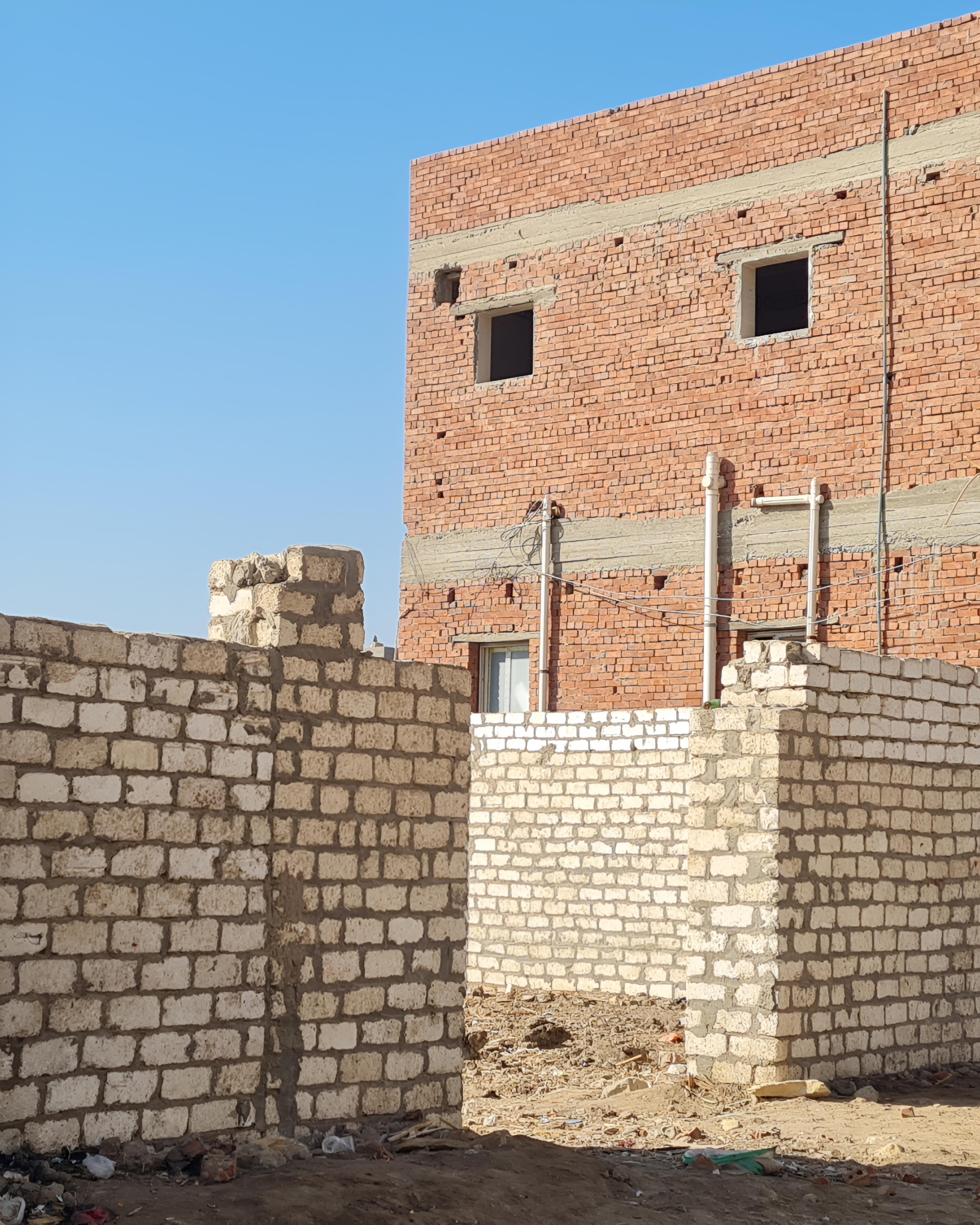
At the eastern edge of the Al-Faiyum oasis in Egypt, roughly 25 kilometers from the banks of the River Nile, is the small agrarian village of Al-Aziziyah. It is part of a wider landscape where geography and infrastructure often define who has access to healthcare, and who doesn’t.The nearest medical facility for most is more than an hour away. For many residents, that distance is not just an inconvenience; but often a barrier to care.
Hand Over Projects, in partnership with Terous NGO, broke ground early 2025 on a new medical center with a simple, urgent goal: to bring essential healthcare services directly into Al-Aziziyah.

The design process didn’t begin with blueprints, but with listening: walking the land alongside residents and local experts, exchanging visions for a plot that had long sat empty. As the design took shape, so did the questions and dialogues.
How could a building meet urgent health needs while also respecting its environment? How could it reflect the rhythms and realities of rural Egypt, not just in function, but in form?
It became clear the project could reach further, opening pathways to education, employment, and long-term quality of life across the wider community.




Radwa Rostom, founder of HandOver, believes that what's emerging in Al-Aziziyah is not just a clinic, but an exercise in what’s possible when wellbeing, environment, design and community are treated as inseparable.
“The medical center stands as a testament to the belief that caring for the health of individuals and the health of the planet are inherently intertwined."
The clinic’s construction reflects this belief; responding to the soil it sits on, to the need for ventilation and privacy, and to the hope of future expansion. It is a space that breathes with the land around it.




Instead of conventional cement, the project uses stone and geopolymer blocks, the latter produced through a process that turns mineral-rich industrial byproducts into a strong, low-carbon building material. By activating these recycled materials through chemical reactions rather than high-heat manufacturing, the process reduces emissions while supporting long-term structural resilience.
These aren’t the kinds of design decisions that can be made alone in the studio; they emerge from an ongoing dialogue between people, place, and space. In Al-Aziziyah, architecture is becoming a means of care, not just for the body, but for the land and community around it.
Hand Over Projects